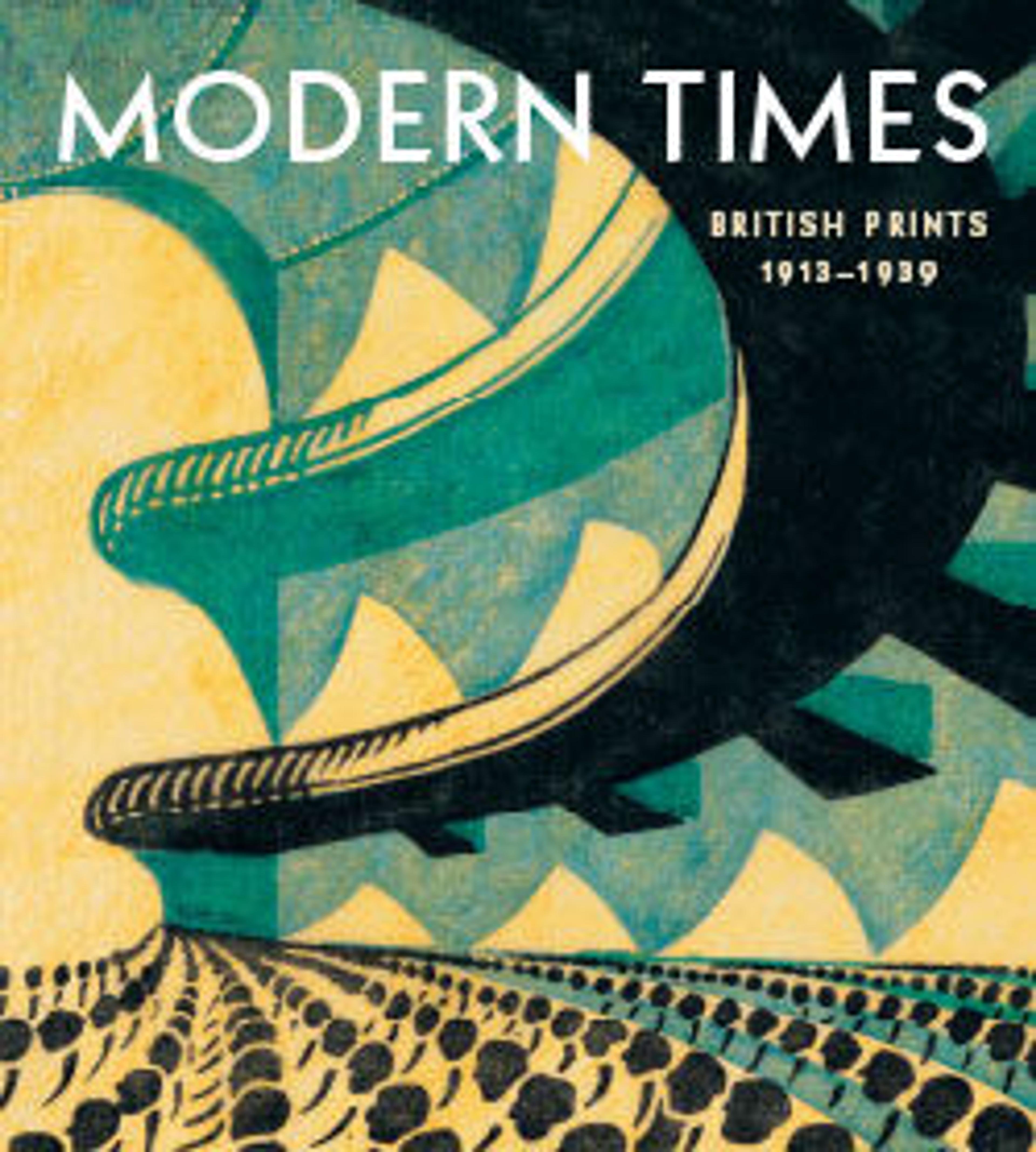Concert Hall
Concert Hall, Andrews’s first editioned linocut, was based on sketches made of London’s Queen’s Hall, a premier venue for classical music due to its excellent acoustics. Andrews used a cool palette to depict the dramatic curves and nearly abstract shadows of the balconies. The tightly packed rows of people point to the venue’s notoriously cramped conditions. While the image and title might evoke exclusivity more than many of Andrews’s other works, the Queen’s Hall was known for hosting the Proms, a concert season with lower-priced tickets and a more relaxed experience that sought to make "high art" more accessible. Concert Hall also shows Andrews’s early interest in depicting architectural spaces, something she shared with her partner, Cyril Power. The Queen’s Hall was destroyed in the Blitz in 1941.
Artwork Details
- Title: Concert Hall
- Artist: Sybil Andrews (Canadian (born England), Bury St. Edmunds, Suffolk 1898–1992 Victoria, British Columbia)
- Date: 1929
- Medium: Color linocut on Japanese paper
- Dimensions: Sheet: 10 7/16 in. × 13 in. (26.5 × 33 cm)
Image: 9 5/16 in. × 11 in. (23.6 × 28 cm) - Classification: Prints
- Credit Line: Purchase, Leslie and Johanna Garfield Gift, Lila Acheson Wallace, Charles and Jessie Price, and David T Schiff Gifts, The Elisha Whittelsey Collection, The Elisha Whittelsey Fund, Dolores Valvidia Hurlburt Bequest, PECO Foundation and Friends of Drawings and Prints Gifts, and funds from various donors, 2019
- Object Number: 2019.592.37
- Curatorial Department: Drawings and Prints
More Artwork
Research Resources
The Met provides unparalleled resources for research and welcomes an international community of students and scholars. The Met's Open Access API is where creators and researchers can connect to the The Met collection. Open Access data and public domain images are available for unrestricted commercial and noncommercial use without permission or fee.
To request images under copyright and other restrictions, please use this Image Request form.
Feedback
We continue to research and examine historical and cultural context for objects in The Met collection. If you have comments or questions about this object record, please contact us using the form below. The Museum looks forward to receiving your comments.
